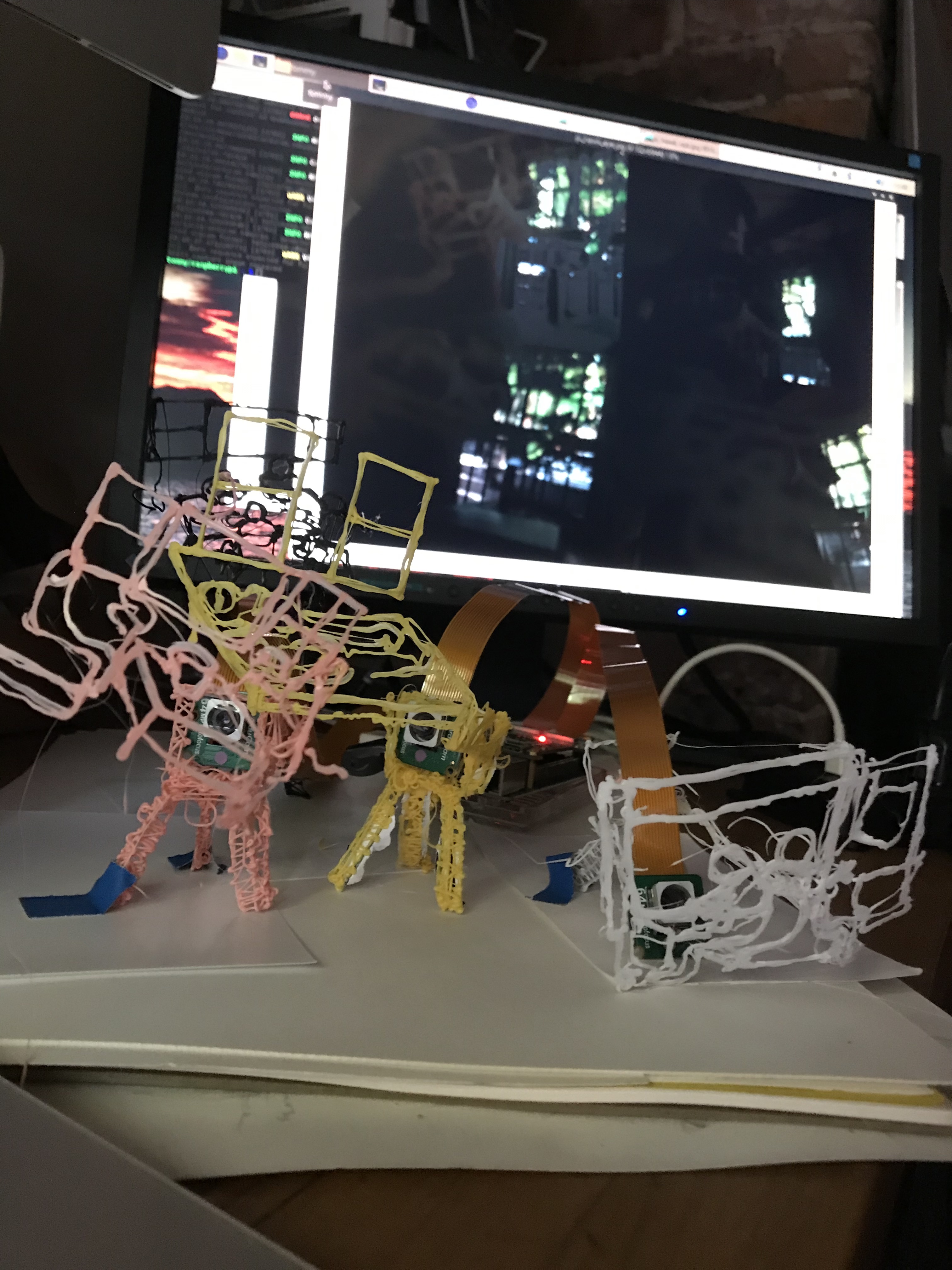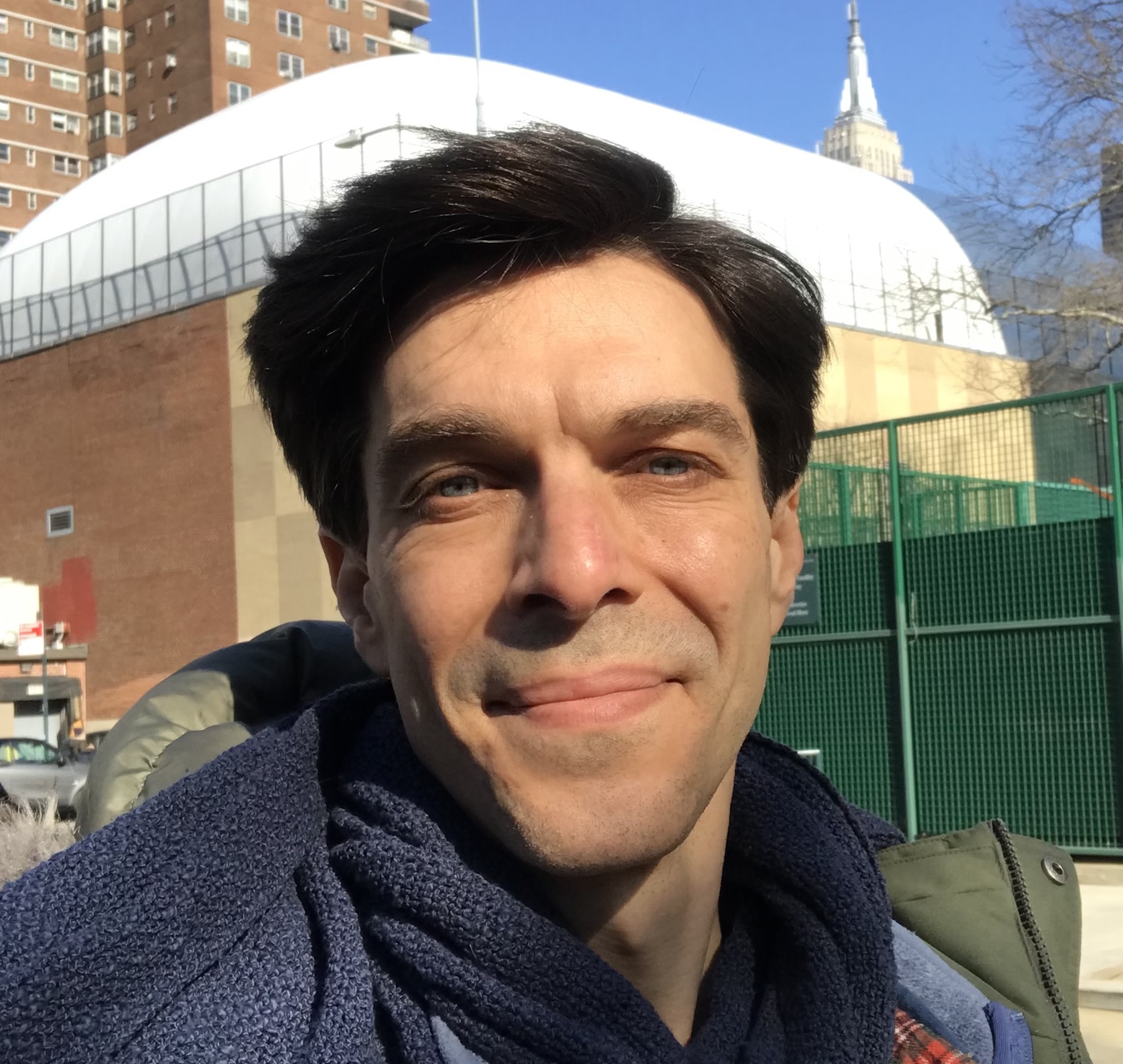Interactive, Recursive, Automated Digital Photo Collage: Mirrors and Windows,


Tommy Mintz
I am a lifelong New York City resident. I graduated from Hunter College Elementary and High Schools, Sarah Lawrence College (BA 1999) and CUNY Queens College (MFA 2005). I am an Associate Professor of Photography at CUNY Kingsborough Community College. My work has been exhibited locally, nationally and internationally in small non-profit galleries. My work draws upon the aesthetics and concepts of street photography, collage, mapping, and digital culture. Most recently, I’ve been working on the Automated Digital Photo Collage, an algorithm that analyses sequential images for differences and generates a collage.
More Maker Info
http://tommymintz.comMore Event Info
More Project Info
http://tommymintz.com
What inspired you to make this project?
I’m interested in our evolving tension with the digital world - particularly digital photography and its effect on our understanding of ourselves. How do our individual memory and collective understanding change through spending increasing amounts of time interacting with digital images? By using algorithmic photography in both the landscape and street traditions, I hope to raise questions of our understanding, perception, and memory of contemporary spaces.
One photograph describes a place in a moment of time. Combining multiple photographs into a single image can convey the passage of time in a place. Many notable artists meticulously stitch photographs together into a seamless illusion of an extended moment. I am interested in the seams that arise when combining images algorithmically instead of by hand. The decisions the algorithms come to are different and strange things are included in the image that a human would not decide to include. Where the incongruities arise, there are interesting new forms created, natural to the digital image. As a born and raised New Yorker, these days of increased construction and the radical change in the urban landscape has made me ever more aware of the fleeting moments of place. I am fasciated with the similar incongruities of the physical world, and in this process express that fascination.